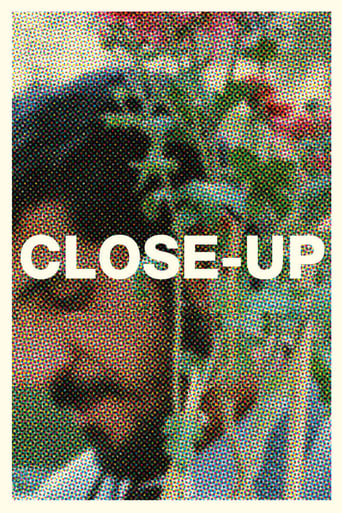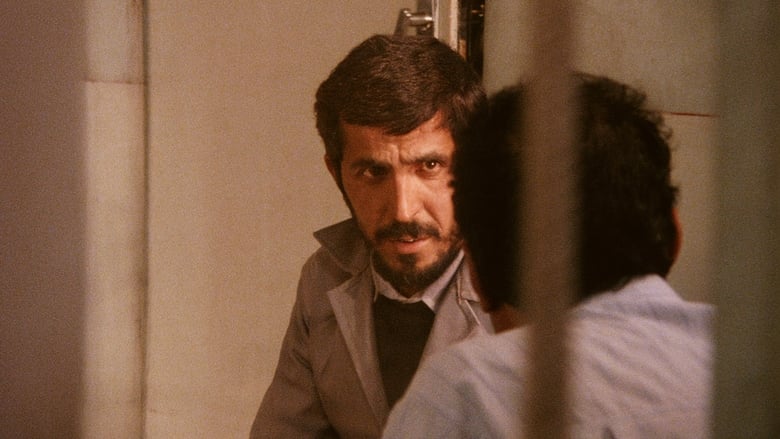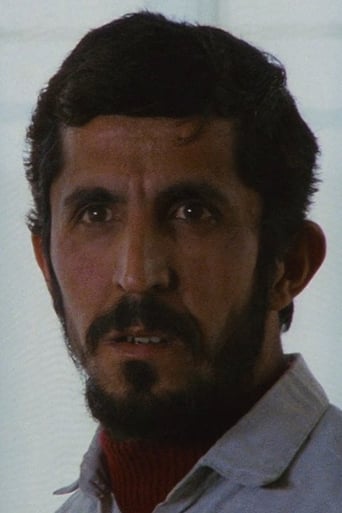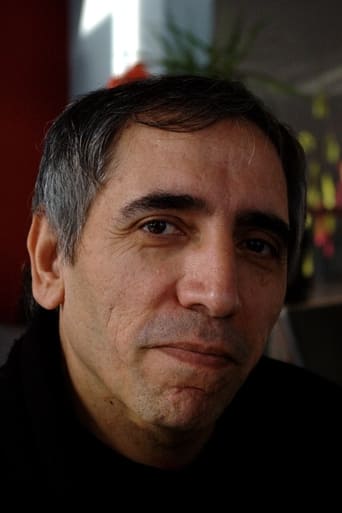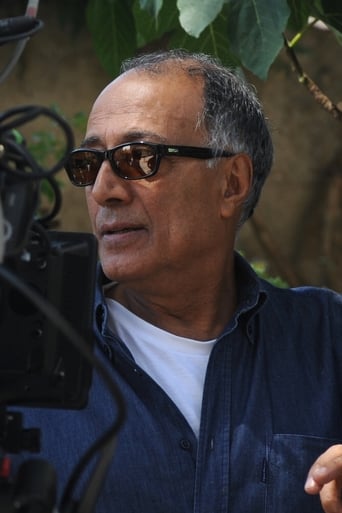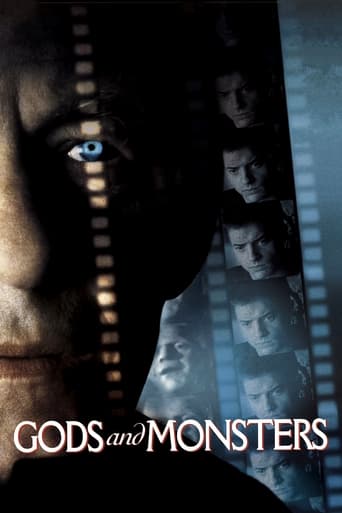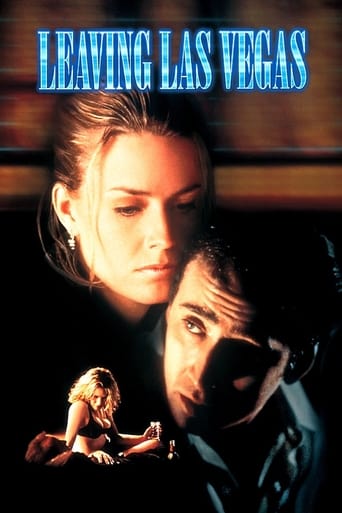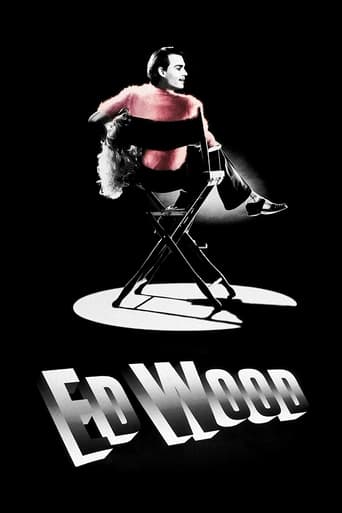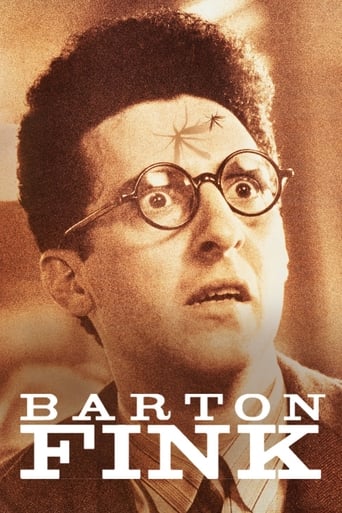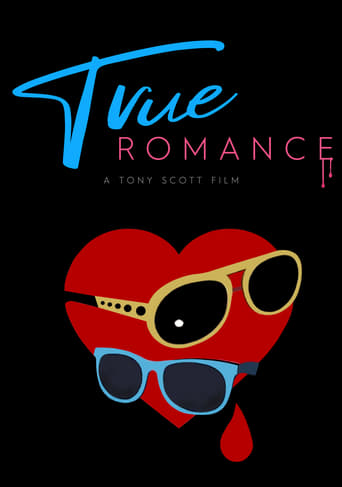Close-Up (1999)
This fiction-documentary hybrid uses a sensational real-life event—the arrest of a young man on charges that he fraudulently impersonated the well-known filmmaker Mohsen Makhmalbaf—as the basis for a stunning, multilayered investigation into movies, identity, artistic creation, and existence, in which the real people from the case play themselves.
Watch Trailer
Free Trial Channels
Cast


Similar titles
Reviews
Lack of good storyline.
This is a must-see and one of the best documentaries - and films - of this year.
Easily the biggest piece of Right wing non sense propaganda I ever saw.
Not sure how, but this is easily one of the best movies all summer. Multiple levels of funny, never takes itself seriously, super colorful, and creative.
Beside entertainment side, cinema has a massive potential of having a journey to either someone's life or ours. After some point, borders between someone or us disappear. That point is where cinema starts to reach its real meaning. Abbas Kiarostami's 1990 made film 'Nema-ye Nazdik - Close-Up' starts its journey in a police station and passes to our lives through the life of a 'film director'. Like a wide angle shot which zooms in for a close-up to our hearts. Similiar to Werner Herzog's characters, Husain Sabzian (acts for himself) becomes named as a fraud and a criminal. With the extraordinary effort of Kiarostami, we as the audience see beyond all these titles like fraud or criminal. Distinct way of filmmaking makes the film a documentary-fiction as the story and some of the shots are from real footages. Pretending like Mohsen Makhmalbaf is the heaven of Sabzian in this world. When police comes to arrest him, Sabzian becomes pulled to the earth from the sky, just like falling of the director character of Fellini's cult film, Otto Mezzo (1963). Directors are like patterns or samples of the God in the world. Adaptation to the realities of social world is the hardest part for any human who has a sharp emotional sensitivity like Sabzian has. In the court scene, when Sabzian succeds to tell why he had lied, we understand that everyone has the potential of this sensitivity and it is possible to transfer to someone else. That is why, Fellini's character Guido can never give up trying to tell what he wants to film. This seems to be the controversy all Sabzians will encounter through the life. With his pure intentions, Sabzian made everyone understand how 'thin' we can be. Will we succed to be that 'thin'?
The two shots of a tin can rolling down a street in Kiarostami's Close-Up, epitomise something essential in the nature of his film. In the first shot the journalist Farazmand accidentally kicks a can sending it bouncing down the street. It might seem that this is an arbitrary event but Kiarostami's camera stays with the can as it clatters down the street before finally coming to rest. Later in the same sequence Farazmand again kicks the same can, this time deliberately, and it clatters further down the road, ending up nestled against the kerb. The film immediately cuts to a shot of newspapers rolling off the press with the story of Sabzian's impersonation of the director Makhmalbaf. These 'tin can' shots reminded me of Sam Mendes film 'American Beauty' where we see a shot of a crumpled paper bag blowing about at the end an ally. It is blown about unable to escape its confines, watched by Lester the movie's protagonist. Like Kiarostami's 'tin can' shots it's of long duration, signifying that the director attended to the shot.Mendes' shot struck me as a piece of pretentious symbolism, using this heavy handed visual metaphor to convey Lester's state of mind. It seemed a contrived psychic moment, an otiose signifier adding nothing to the film. Without a visible agent, the shot looked artificial, simulated either in production with a wind machine or in post-production. Kiarostami's 'can shots' have a quite different quality. An agent kicks out and a tin can rolls noisily down the incline of a street. The 'can shots' has nothing to do with narrative or state of mind, they simply fit the structure of a film which is non narrative non linear and incorporates chance and inconsequentiality as part of life. Close-Up is a mixture of documentary, cinema verite, dramatic reconstruction built on a premise in which the aspiration and practice of film making are a fundamental idea.Into this subject with its multiple laminations built on the complexity of its human relations and the way people perceive one another, accident and material irrelevance are incorporated into the material, Kiarostami observes that these elements of life often intrude into the most fateful moments of existence. Kiarostami's tin cans don't mean anything beyond themselves, like his film and its players, the cans simply run their natural course. The viewer gets the idea: what a long way tin cans roll when kicked, almost forever; what a huge clattering sound they make, almost deafening. The tin cans exist as an object of the camera's lens for their own sake: no state of mind, no metaphor. Just cans. Like the protagonist Sabzian, he is just Sabzian.Close-Up, at one level, is a satire on the egotistical banality of film making that puts the 'Director' at the centre of the process. Sabzian's impersonation of a director stems from his perception of the power relations he understands as being at the core of movie production. The Director can make demands: on actors, sets, scripts. Like little dictators they have license to make things happen according to whim or will. Sabzian's position in society as an unemployed printer, a powerless non-entity, lends huge allure to the idea of being a film director. One who calls the shots. The difference between Sabzian and Western wannabees is that the latter are thinking 'career'. Sabzian in some confused manner, simply wants to tell of his suffering. His phantom film making, like Bergman's, is driven by an internal imperative. But at another level Close- Up is an anti satirical statement about about a type of film directing in which ego takes a step back. A film making based on a certain kind of perception about what film is.Kiarostami does not primarily use control and manipulation as the dynamic of his film making. The basis of his film making is to bring the idea to life. As a film maker he works by releasing ideas into situations and seeing to where they lead. Understanding where the idea takes the material is for Kiarostami more important than any scripted destination. And his understanding and choice of situation as the crucible for an idea is critical to his work. For Kairostami's case the situations often arise out of the power tensions endemic in the social matrix.Close-Up like most of his films is set in Iran. The situation Kiarostami develops leads directly into cross sectional view of Iranian society. In the Law Court scenes, the family scenes, at the police station, we understand that Sabzian's actions don't take place in a vacuum: they occur within a complex interweaving of social relations: his mother, his wife, his children, his unemployment, his movie going. We see how the private, the personal, and the social interpenetrate. We see that these relations comprise a defining framework in relation to action that is separate from the subjective, but has its own weight. In contrast, American and increasingly Europeans make films which are increasingly concerned only with subjectivities. Individuals act as if in vacuo, as psychic agents of their own desires. Kiarostami's films are set firmly in the realm of the social.In the final scene Sabzian is released from prison and at the gate he is met by Makhmalbaf. The film's pay off was to be the recording of the conversation between the two. But for some reason the radio mics fail. Though we see the two men meet, we hear nothing of their conversation, only static and bumps from the sound system. Accidents mistakes and failure are part of life, and Kiarostami films life. So he lets the shot with its no sound ride. A joke on him and on all who are would-be controllers. In an important sense it doesn't matter. What we see is enough, the idea of the meeting is enough to carry the shot through: we don't need to know more.
It was a familiar title in the book 1001 Movies You Must See Before You Die, but it suggested many ideas to me as to what it would be about, I had no idea it was a real life story, but not a documentary, and not a fictionalised version of events, but a combination of both. Basically director Abbas Kiarostami (also appearing in the film) brings together all those involved in the case of Hossain Sabzian, who was charged with impersonating a film director Iranian director Mohsen Makhmalbaf (Gabbeh, The Cyclist) and entering the home of the Ahankhah family, visiting numerous times pretending to be interested in making a film in their house. He even managed to talk members of the family into letting him "borrow" money to "prepare for his film"; he was only caught out when a photograph of the real Makhmalbaf was spotted in a magazine, and a journalist/reporter (Hossain Farazmand) confirms he is an impostor. The footage of the film consists of the real people, playing themselves obviously, re-enacting what they all did in this situation, and the court case, but these scenes are not in chronological order. Also starring Mohsen Makhmalbaf, Abolfazl Ahankhah – father, Mehrdad Ahankhah – son, Monoochehr Ahankhah – son, Mahrokh Ahankhah – daughter, Nayer Mohseni Zonoozi – daughter, Ahmad Reza Moayed Mohseni - family friend and Haj Ali Reza Ahmadi – Judge. The concept of using the real people to play themselves in a nearly fictionalised re-enacting of what they all did in the real situation is quite clever, it is rare that the real people appear acting, especially playing themselves on screen, only United 93 comes to mind, so it I supposed adds realism as well as unusual mischievousness, an interesting experimental documentary drama. Good!
I've just finished "Nema-ye Nazdik" (Close-up) and i LOVED it. It's about the trial of a man who impersonate the identity of Mohsen Makhmalbaf to a family. Hossain Sabzian is the protagonist and he played the role in a very good way. He tell honestly what he did and assumes as he has done something bad, which is different than clichés as we can see on others movies like "I'm innocent, i didn't do anything".It's also a movie about cinema, the names of Makhmalbaf movies are mentioned many times like "Bicycleran" (The Cyclist) and "Arousi-ye Khouban" (Marriage of the Blessed). The movie title is also a reference to the cinema because a "close-up" it's a type of shot, the director who wants to make a film about the trial of Hossain Sabzian shoot him in close-up.

